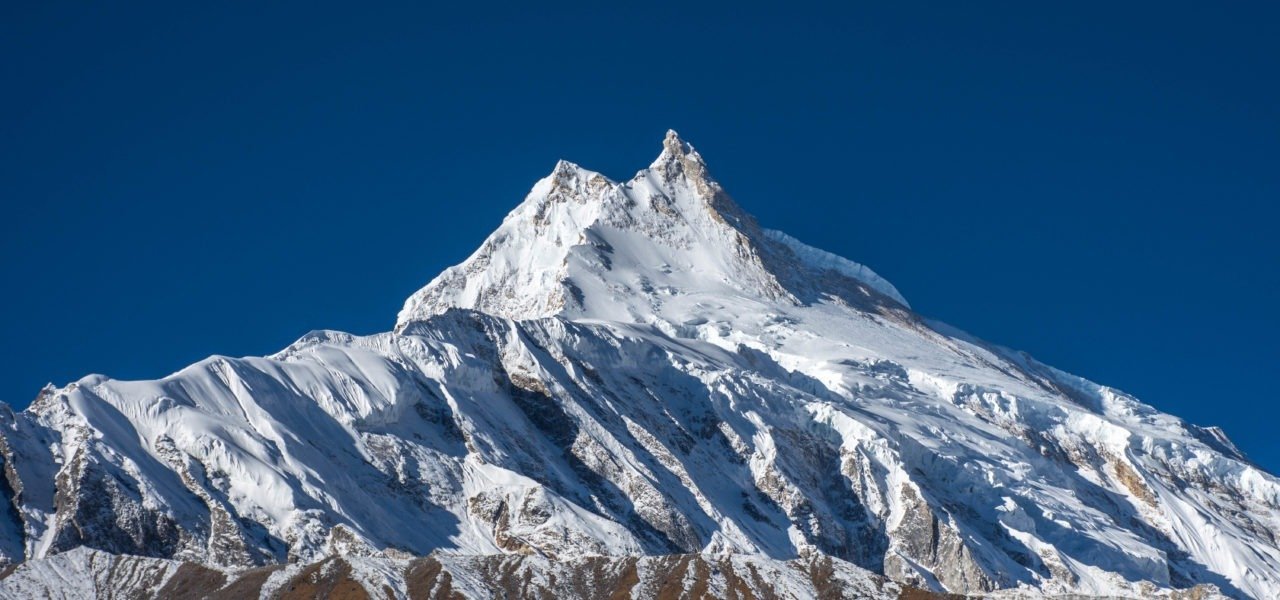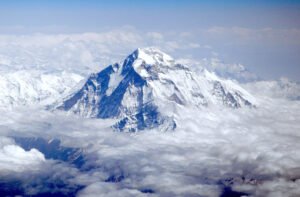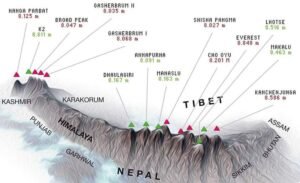Introduction
The majestic height of this wild mountain is 8,163 meters (26,781 ft) standing as the 8th world tallest mountain known as mount Manaslu. In the Nepalese Himalayas situated in the west-central area of Nepal, Manaslu is in the Mansiri Himal range and is recognized as “Spirit Mountain” to many people; “Manasa” also represents spirit or soul within Sanskrit. It considers a technically and physically challenging mountain to climb, and has its own spiritual mystique that has attracted climbers worldwide who want to tame the steeps as well as the spirits.
Manaslu is an extremely high, remote and technical peak that already has a reputation in being a challenge to ascend. Nevertheless, it has become an attractive summit for those mountaineers that seek a more commercialized line than other 8,000-meter peaks like Everest or Cho Oyu. For many climbers, Manaslu promises this perfect balance of adventure and challenge and connection to nature through high altitude climbing.
In this blog, I will talk about my experiences and insights gathered over more than two decades as a mountaineer and nature enthusiast to reflect on what classifies Manaslu as a unique peak in its own right!
The Geography of Manaslu
The eighth highest mountain in the world, Mount Manaslu locates in Gorkha District of Nepal roughly sixty-four kilometers (40 miles) east of Annapurna, which is the tenth Himalayan peak. The mountain is located in the protected Manaslu Conservation Area, which boasts a diverse range of flora and fauna with lush vegetated forests and high alpine scenery. The region of Manaslu is also recognized for its cultural and natural heritages to unique blend in with traditional villages, ancient Buddhist monasteries, alongside untouched glacier.
The Manaslu region is much more remote and far less developed than the big commercial trekking hotspots of Annapurna or Everest base camp areas. Still, this sense of isolation is part of what makes the peak so enticing and creates a more relaxed atmosphere for travellers and climbers.
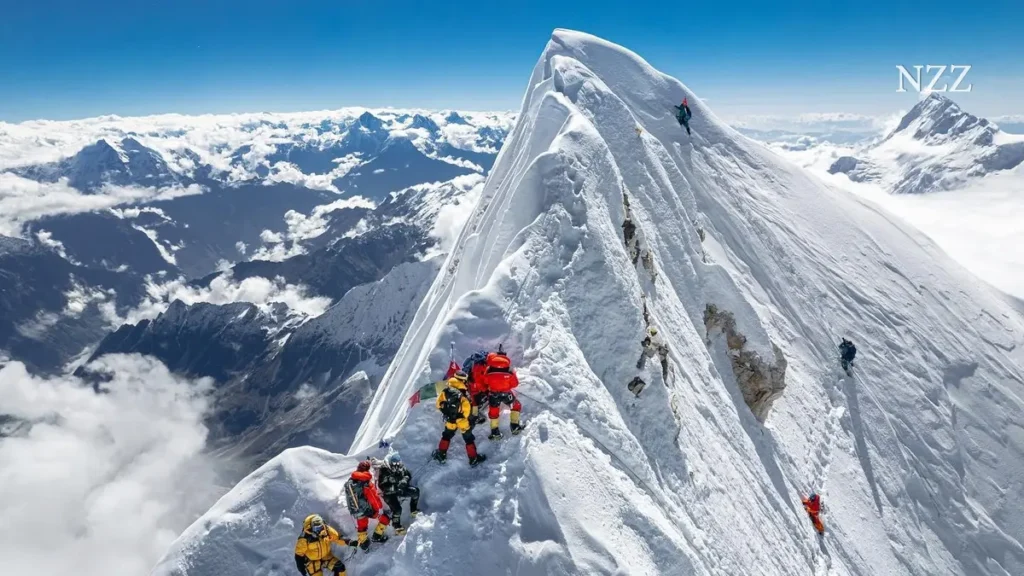
The Manaslu trekking approach leads you through a diversity of environment all the way from sub-tropical foothills into lush woodlands to semi-arid scenery as we reach higher elevations, subsequently, dry landscapes once above 3,000 m. MeghaLo-Rila forest to tree lines and then around lifeless terrain after Linchey for both vegetation and animals in this high windswept country.Aggressive hike ydkhos. The variety of the area eliminates you from the risks, as well as offers all summertime long views of what you are climbing right into.
Manaslu — The Sacred Mountain
This is a region with great spiritual significance for the local people especially to those of Tibetan Buddhist faith. The mountain is known as the “Mountain of the Spirit,” and many describe its magnetic energy which has attracted pilgrims and climbers throughout history. In the wide space and around it; majestic Gompas (Buddhist Monasteries) & Chortens, inhabited by lama or Buddhist monks who live in simple houses made for meditation; occupies various traditional lifestyle of native people from centuries back.
This mountain is a place where those who go to school can live as spiritual beings. Climbing can be the journey rather than just a physical challenge, climbing is rising up upon mountain, it pushes you to delve deep into your own self. With very low air pressure, which means less oxygen, scaling to such high altitudes is all about testing the limit of climbers and in the end climbing through inner strength and spirit gets them to reach top.
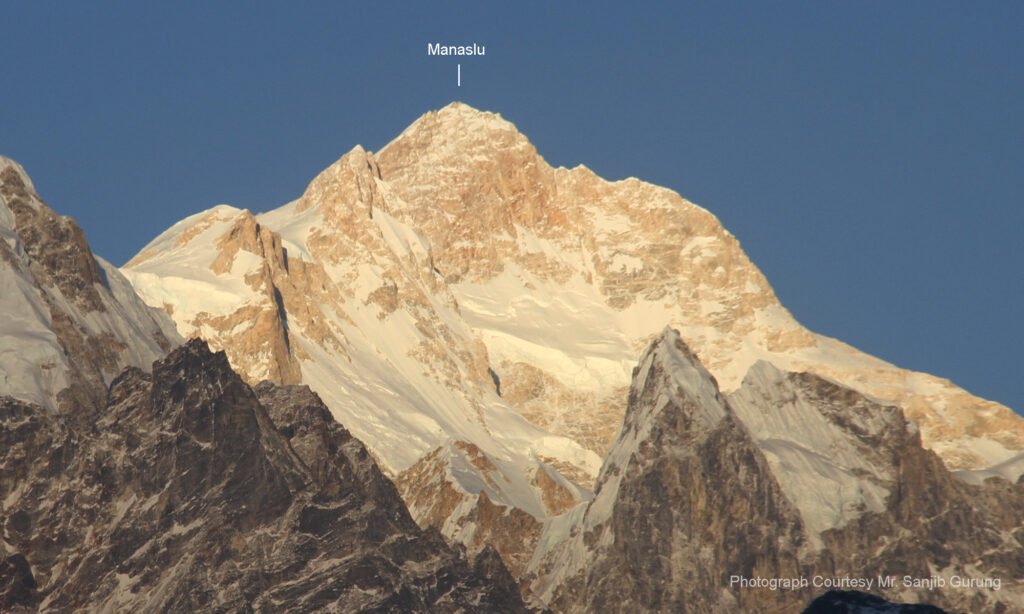
Although for a much quieter and personal approach to climbing, it is trout of war with its powerful cousin Mount Everest in terms of complexity and enormity. The cultural and spiritual backdrop of the region gives an added layer of complexity to the adventure, meaning that Manaslu is not simply a mountain to be conquered — it’s a mountain to be admired, respected and revered.
Manaslu Ascents: A Short Timeline
Manaslu first climbed on May 9, 1956 by Toshio Imanishi of a Japanese expedition led by Gyalzen Norbu Sherpa. The Japanese climbers had been at it since 1953, so this was the successful end of several attempts. Since that initial ascent, Manaslu has turned into a popular objective for climbers at the 8,000-meter otherworldly side of mountaineering without mainstream of Everest.
But the early climbing history of the mountain is tragic too. Mount Everest isn’t a death trap, but it is dangerous In 1972, an avalanche buried the camp of a South Korean expedition, and 15 climbers and Sherpas were killed. It was one of the deadliest incident to climb in it and showed how dangerous it is to climb an 8000 meter mountain.
And yet a new human development in the vicinity of Manaslu never fails to stir the pot, and in September this year Kim Chang-ho organized successfully an expedition that brought 170 climbers to 100 feet shy of its summit with massive opposition from purists.
Famous Manaslu Climbing Routes
Manaslu has multiple routes to the summit but the most popular and only frequently climbed route is on the Northeast Face, seen in profile to the left; this offers a difficult yet not extreme mountaineering challenge. Usually the trek begins at Sama Gaun — a stunning village at 3500m altitude that offers breathtaking panoramic views and facilitates ideal acclimatization for your hike to Base Camp.
1. The Northeast Face
While the standard route from a base camp around 4,800 m (15,748 ft) does not considerers technical by modern standards of other 8,000 m peaks, Dhaulagiri has reputation as one of the most difficult 8,000-meter peaks that are possible to climb; avalanches and ice falls can quickly change conditions. Skills with crampons, ice axe and rope are mandatory for climbing.
Above Base Camp the route goes through several high camps, with Camp 1 at about 5,700m (18,700 feet), Camp 2 at 6,400m (20,997 feet) and Camp 3 at 6,800m (22,310 feet). These camps are set up to aid in acclimatizing trekkers who need some time to adjust at a high altitude before attempting the summit.
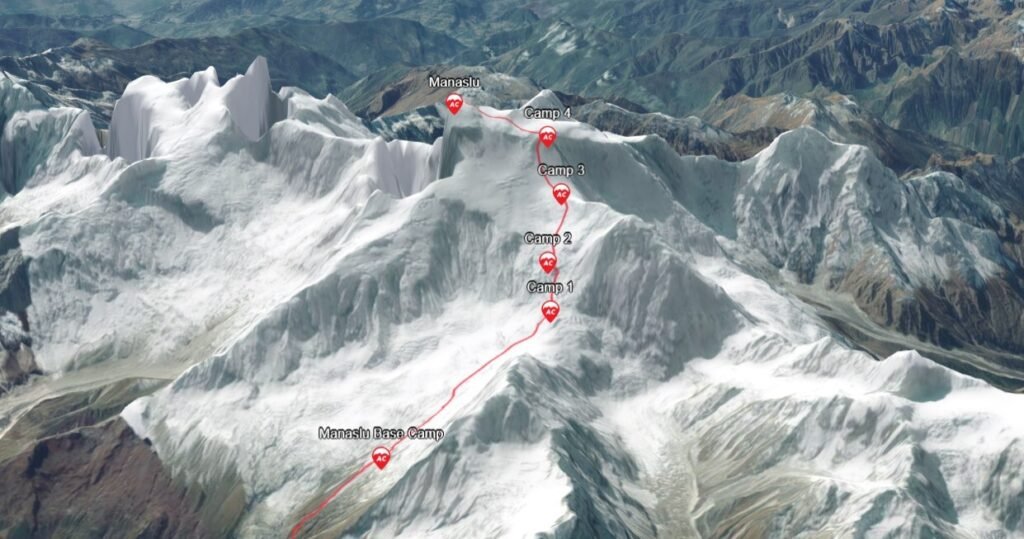
The last leg of the ascend, 7,450 meters (24,445 feet) to the summit from Camp 4 just beneath it consists of crossing vertical ice walls and narrow ridges. The climbers face harsh winds and bitter cold conditions, making it one of the most challenging climbs both physically and mentally. On the day of the summit climb, hikers are woken in darkness and usually trudge for well over 10-12 hours to reach the top.
Summiting provides us an excellent viewpoint for the panoramic mountains of surrounding Himalayan ranges from where you can see Annapurna, Ganesh Himal and Shringi Mountain.
2. Other Routes
Manaslu features a number of other, more technical routes that have been attempted by experienced alpinists apart from the most popular Northeast Face. These routes are way more remote and take a bit of climbing chops to thread your way up. A few climbers have even given a shot at new routes on the mountain, ensuring that Manaslu has a storied history in mountaineering lore.
But the alternative routes that do exist are extremely dangerous, and they should only be considered by elite climbers. These routes offer few established campsites, high risks for avalanche and rockfall, and frequently severe weather conditions; rescues may be difficult.
Getting Ready for the Tough | Physological and Psychological Impacts
Manaslu up Climbing Manaslu requires a lot of preparation, and not just physically. It may not be as technically difficult a climb as some other 8,000ers, but the altitude and weather — plus that long slog into base camp and back — mean it presents one of the biggest tests in mountaineering. Below are some of the key points to keep in mind before embarking on a Manaslu climb.
1. Physical Fitness
Manaslu is not possible for any trekkers or potential rapistAnyone is on good condition offensive UTC time to Kampalom panchayat.(.subplot_timezone) The ascent is made by hauling heavy equipment for extended distances of grueling conditions. Training should also specialise in power endurance strength and cardio fitness. This will require regularise loads with clawed backpacks, long-distance running/uphill preparation & high-alt of all kinds.
Bear in mind, climbers must be practiced with their climbing gear such as crampons,harnesses,and ropes to perfect the technical part of the climb. Service of clabbered ice of the hidden snow is the key to achievement on Manaslu.

2. Acclimatization
Fast acclimatization is key to climbing an 8,000m peak such as Manaslu. Altitude sickness is a huge factor, and climbers need the time to get their bodies used to thinner air, while simply surviving at that altitude. The vast majority of Manaslu expeditions include a number of acclimatization rotations, in which climbers will ascend to higher camps before returning to Base Camp.
The climb itself is usually divided into legs, with climbers spending several nights in each camp to acclimatize and they are at an altitude of almost 20,000 feet. This process serves to both acclimate the body to higher altitudes and help mitigate altitude sickness as you prepare for your final ascent towards Uhuru Peak.
3. Mental Toughness
Climbing Manaslu is not only a test of endurance but also of the mentality. Even the most seasoned climbers struggle with isolation, brutal cold and fatigue. Just like elite athletes, climbers must be both physically prepared for climbing and mentally tough enough to accept pain, discomfort, and difficult decisions.
During a climb, have you ever just had another take on life to the point where tied to what seemed frustrating in everyday life was gone on your next leg of the trail? With a corresponding reverence for the remoteness of the area and its natural beauty, being in this exotic landscape can be more than just one hell of an adventure: Climbing Manaslu can become a life-changing experience that reignites your commitment to nature.
Hazards of Climbing Manaslu
A Little less technical than some of the other 8,000-Meter peaks, manaslu still presents seious risks. Avalanches, Hidden crevasses and extreme weather conditions are serious risks, possible hazards you might well have to face on your way up the mountain that climbers must be prepared for.
1. Avalanche Risk
On Manaslu, avalanches are one of the biggest threats to climbers, especially in the autumn climbing times.
season. The mountain further is prone to avalanches due to its steep sides and typically large amount of snow, giving you just about no warning as they attack. Climbers must be alert about the effects, and they need to work with guides who can understand their profiles as well as know when it’s safe or not-so-safe to move upwards.
2. Weather Conditions
With the weather in Manaslu being so unpredictable, it has high winds and fast-moving snowfall. Risk management strategies Climbers must be prepared to sit and wait for the right weather window before attempting the summit &willing to turn back should conditions degrade. There are also cold-weather dangers such as hypothermia and frostbite from frigid temperatures of high altitudewhich underscores the need to have proper gear and preparation.
3. Altitude Sickness
Manaslu is like every 8,000-meter summit: extensive altitude exposure at the sort that can get deadly if you overdo it. Signs of altitude sickness range anywhere from headaches, nausea, or lightheaded feelings or even difficulty breathing.
Is this condition being untreated it may lead to high altitude pulmonary oedema (HAPE) – a build-up of fluid on the lungs or in more serious cases, high altitude cerebral oedema (HACE) – swelling of the brain and immediate descent to lower altitude is needed.
To avoid these risks, climbers must acclimatize properly and be able to bail if they exhibit signs of altitude sickness.
The Summit Moment — Atop Manaslu
Summit success on Manaslu is a thrilling and modest experience. It is a hard long journey to the top, but once you get up there of one of the highest mountains in the world, nothing equates. The summit promises climbers the panoramic view of Himalayan peaks you would expect from such a height — and one that few in the world will ever see.
There is no questioning the exhilarating feeling of accomplishment that standing atop Manaslu brings, nor with it, so too crushing euphoria as one completes what is much more than a physical task but also a virtuous voyage into the spirit of Manaslu. To climb to the top then is for many, a kind of transcendent experience, something almost spiritual—an ineffable bonding with earth and sky.
Conclusion: Spirit Mountain, Conquered!
The mountain has a life force and Manaslu, the Spirit Mountain is not about just a physical journey but also a spiritual journey. Manaslu, when it gives you the chance to climb, provides climbers an authentic taste of nature and adventure while revealing itself in its all-embracing Himalayan beauty.
But, the potential rewards are incalculable. The mountain commands respect and so will the summiters carry the singing of this song in their hearts all through their lives. A mountain which is a test to life and spirit, from which men come with not only the satisfaction of having achieved but also vaster knowledge of themselves and the world that exists.
Manaslu combines a fair challenge with offers keen mountain climbers an exceptional journey up a real Himalayan giant! A mount whose spiritual energy will lure you, and for those who are ready to face its challenge it has so much to offer.
Manaslu is not just a mountain—it is an expedition which takes us through the depths of the Himalayas, and that experience once had cannot be reversed.

